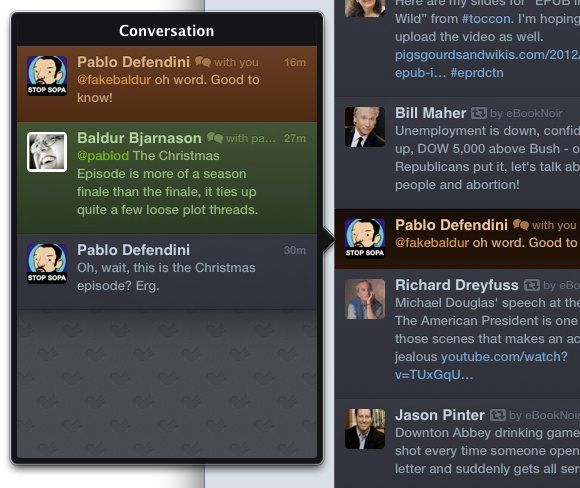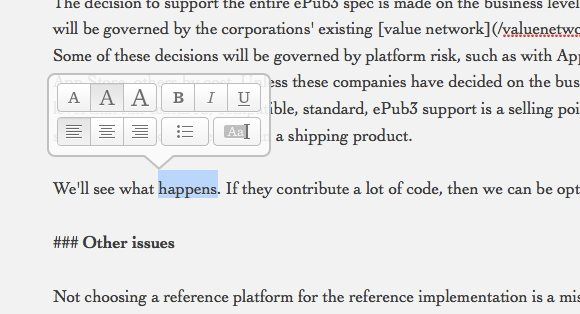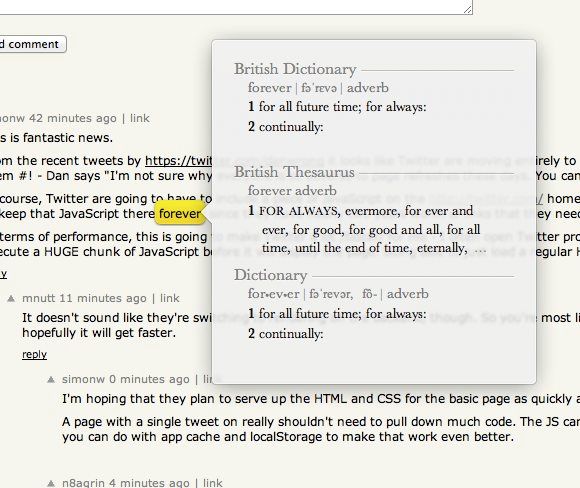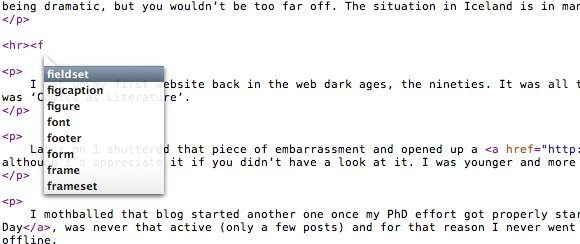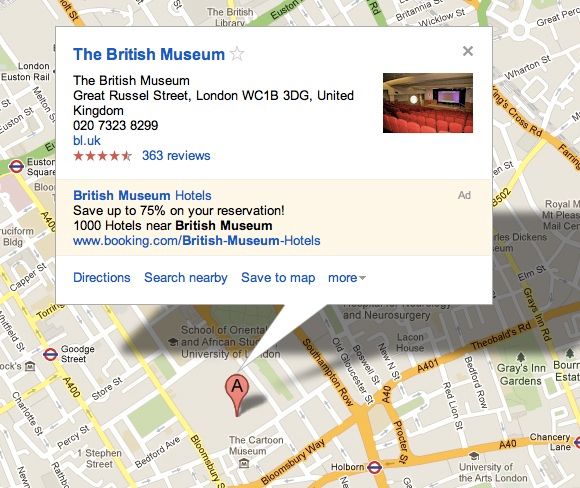Explanatory windows
It struck me that one of the many things I never got any response to in my ‘ePub Windows and Widgets’ post was my explanatory windows proposal.
So, I decided to go through some of the apps I use every day (with Google Maps as a bonus) and see which of them use explanatory windows and for what purpose.
Turns out most of them do. Some for autocompletes. Some to bring up contextual tools. Some to bring up a purely explanatory window. It is, as I said in my earlier post, a generic tool for interactivity that I think should be standardised and implemented as a primitive by ereaders.
Again, excepting Google Maps, these are all apps I use on a daily basis. I didn’t even try to look for it in other apps.
Apologies to Pablo Defendini for using my exchange with him in the screenshot.
